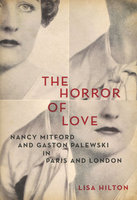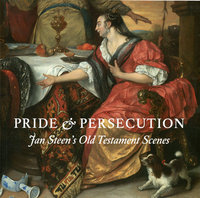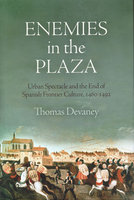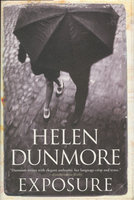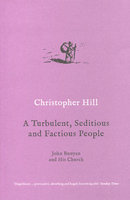New, Quality Gift Books - 50-90% off - over 2500 titles
Your basket is empty.
Categories Lucky Dip Clearance LIFE OF CHRISTINA OF HANE
LIFE OF CHRISTINA OF HANE
Book number: 93496
Product format: Hardback
In stock
Bibliophile price
£4.00
Published price
£20
Customers who bought this product also bought
|
HORROR OF LOVE: Nancy Mitford and Gaston Palewski
Book number: 93021
Product format: Hardback
Bibliophile price
£2.25
Published price
$26.95
|
PRIDE AND PERSECUTION: Jan Steen's Old Testament Scenes
Book number: 93031
Product format: Paperback
Bibliophile price
£8.50
Published price
£25
|
JANE AUSTEN COVER TO COVER: 200 Years of Classic Covers
Book number: 93290
Product format: Hardback
Bibliophile price
£7.50
Published price
£19.99
|
|
ENEMIES IN THE PLAZA
Book number: 93489
Product format: Hardback
Bibliophile price
£7.00
Published price
£58
|
|
TURBULENT, SEDITIOUS AND FACTIOUS PEOPLE
Book number: 93505
Product format: Paperback
Bibliophile price
£2.50
Published price
£14.99
|
Browse these categories as well: Lucky Dip Clearance, Historical Biography, Religion & Philosophy

